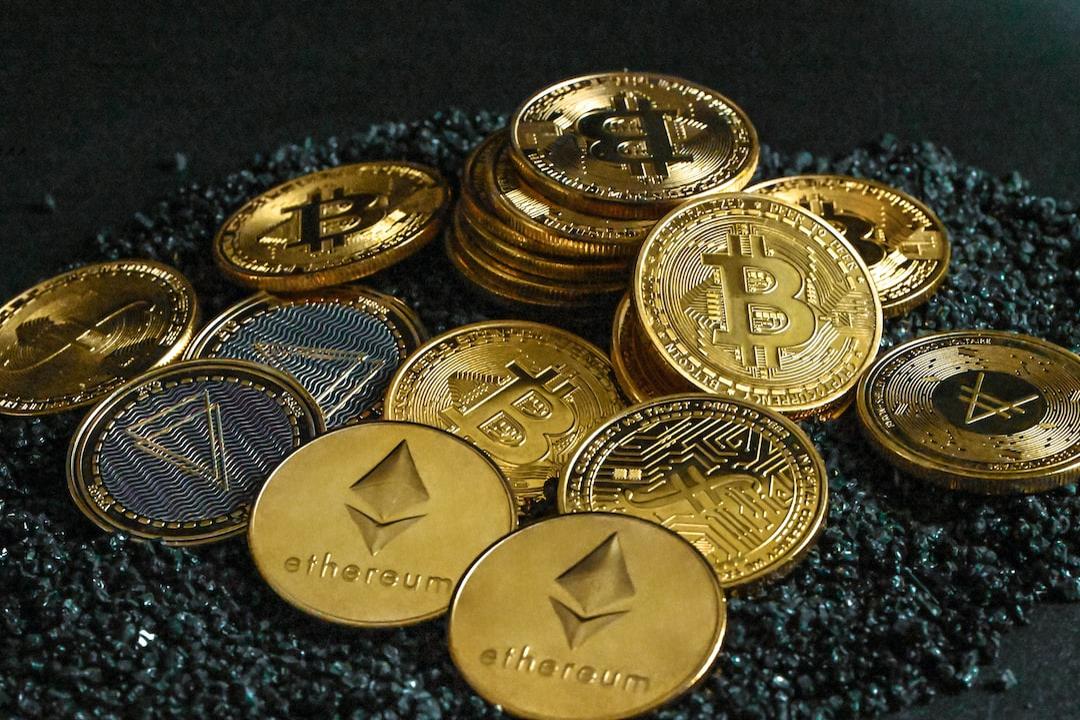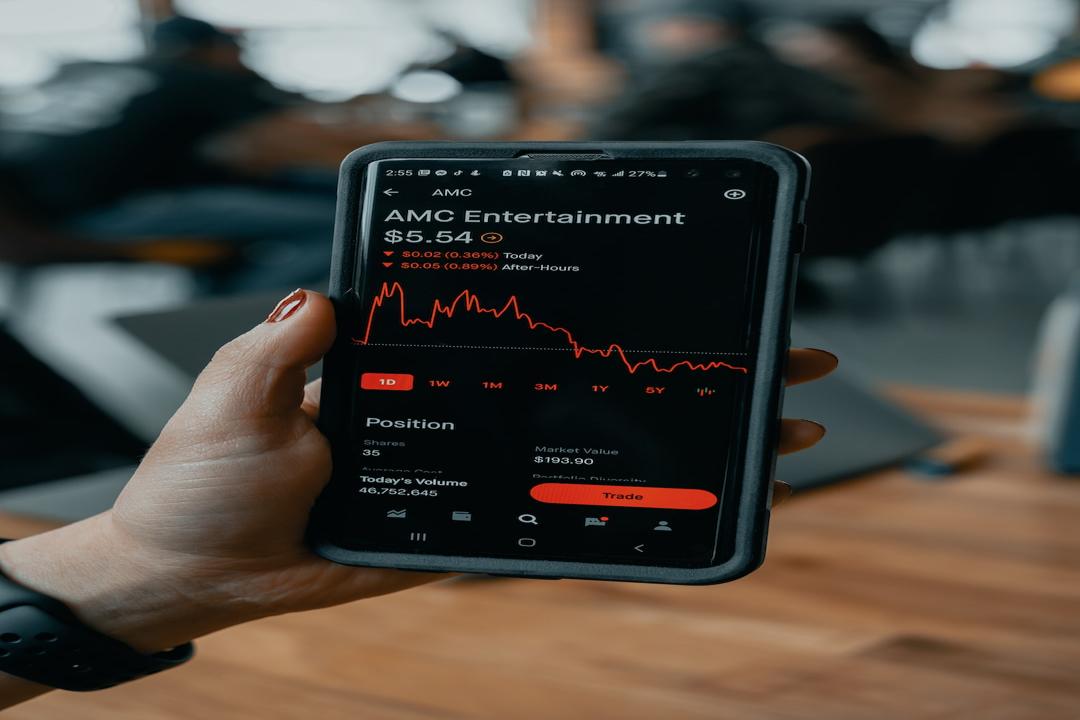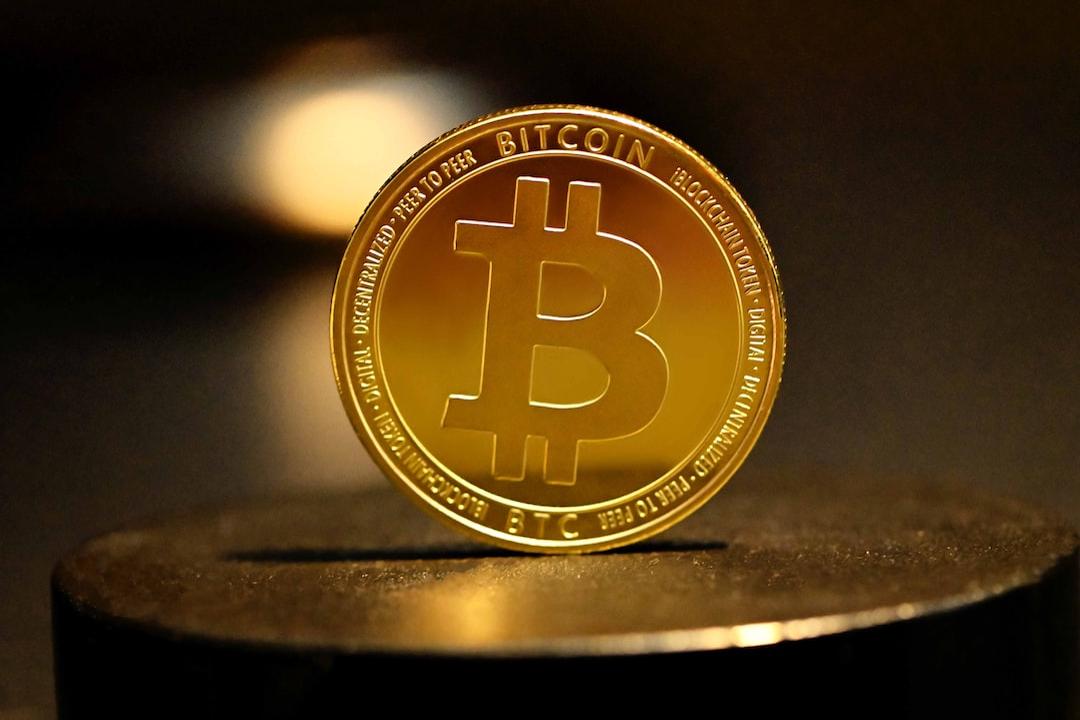CoinWorld reported:
As a veteran miner, I may have to halt my BTC mining operations.
Surface reason 1:
Because my machines are no longer profitable. After the halving, production has decreased while electricity costs remain constant and the coin price hasn’t risen, resulting in no profits. So why not buy newer upgraded machines?
Reason 2, a concerning phenomenon:
Despite the halving, the network’s hash rate hasn’t decreased. What does this imply? Many machines were expected to be retired and shut down, yet this hasn’t happened. It seems only my machines are shut down due to lack of profitability, while others continue to operate.

Who isn’t shutting down?
Those with lower electricity costs than mine:
USA electricity costs 7.5 cents (after tax)
Southeast Asia electricity costs 6.5 cents (after tax)
Central Asia electricity costs 6 cents (after tax)
Russia electricity costs 5.8 cents (after tax)
Africa electricity costs 5.5 cents (after protection fee)
Only Russia and Africa can outcompete other regions.
I cannot trust these two places. I have also visited African mines; unstable regimes prevent signing contracts.
Even though the mine owner is willing to sign and help me host, they may be arrested by the government the next second.
For example, I had thought about sending my machines to Angola in February, before the halving. I had just agreed with the mine owner when local policy changed, and he immediately turned from a foreign entrepreneur to an illegal operator.

Who has higher production than me?
Those with better machines than mine. Currently, I use the previous generation 19 series machines, which are outdated. Owners of newer machines indeed achieve higher production; machines with over 200t can only be water-cooled.
Water-cooled machines are extremely expensive! We not only buy machines but also cabinets.

One cabinet costs $70,000 and holds 210 machines. Each machine costs over $6,000, totaling over $1 million for 210 machines.
At my age, where can I find such a sum?

So, who has the financial power to keep operating?
Public companies!!!
You may not know that during the bearish years of 2021 and 2022, several North American Bitcoin mining companies have quietly gone public.
They have raised large sums of money in the secondary market to build mines and buy machines.
For example, Marathon, currently the largest listed mining company with a market value approaching $6 billion. BlackRock and Vanguard are its top two shareholders.

Apart from them, there are also other listed companies like Riot and Bitdeer, totaling 20.


These listed companies are bigger and stronger. It is because of their existence that the network hash rate, which should have declined due to halving, remains strong until now.

I do not have so much money, so I am out of this race.
Small and medium miners are on their way out.
I represent small and medium miners, nearly all of whom are being wiped out in this round, leaving only a few comrades persevering in risky conditions in Africa or Russia.
The gradual exit of small players signifies that BTC mining is becoming the first monopolized industry in our blockchain sector. It is the least profitable industry in the future and is the biggest time bomb for our entire blockchain foundation!
Why is it said to be unprofitable? Let’s do some economic calculations next:
Based on the configuration mentioned earlier in the article, let’s consider high-end water-cooled BTC mining. The cost for setting up one mining box of machines is: $700,000 + 210 * $6,000 = $1.33 million.
One machine produces 257T of computing power, and a total of 53,879T of computing power can be purchased.
The power consumption of one mining box is 1030kw. Assuming an ideal scenario where the mining difficulty does not continue to increase and calculating based on the US electricity cost of 7.5 cents.

We can see that mining will not pay off for me in four years. Four years is a halving cycle; after four years, the output of this machine will halve again and may likely be eliminated.

Some say my calculation of electricity costs is too high; some listed companies have lower electricity costs. Let’s calculate based on 6 cents.

It still takes 1,159 days to break even.
So even if these listed companies squeeze us small miners out, their gains won’t be that substantial.
1,159 days may be good news for listed companies, but for us in the crypto industry, with $1.33 million, I’d rather just buy 22 Bitcoins.
If Bitcoin doubles in three years, I’d get double the return. Even if Bitcoin drops by 50%, I’d lose 50% of my principal, which could be worse with mining, where shutting down the machine would mean zero income!
Bitcoin could become a time bomb
Why say it’s a time bomb? Is it because it’s unprofitable?
Some novice players may think so, because miners actually help calculate for the BTC network, keeping accounts for every BTC transaction. If miners don’t profit, there would be no one to keep accounts, and BTC would collapse.
No, it’s not like that!
Thanks to Satoshi Nakamoto’s genius design, this scenario won’t happen because when miners aren’t profitable, they shut down. However, due to varying electricity costs, shutdown thresholds differ. If some miners shut down, the network’s total hash rate drops, increasing the income for those still operating and maintaining network security.
Therefore, BTC won’t die just because miners aren’t profitable.
What truly threatens BTC is the 51% attack.
What is a 51% attack?
Blockchain is a distributed ledger, recording every transaction on a cryptocurrency network.
A 51% attack refers to when an entity or group controls more than 50% of a network, allowing them to attack the blockchain.
The attacker with majority control can interrupt new block recordings by preventing other miners from completing blocks.
Although the likelihood of a successful attack on Bitcoin or Ethereum is low, smaller networks often fall victim to 51% attacks.

But BTC mining has changed now, and a 51% attack could be feasible.
Two reasons:
1. Calculation

Look at this table. If IBIT gradually stops increasing its BTC holdings and calculates its 400,000 coins.
Eight years later, with just 10% of its resources, it could devour the entire annual output of the BTC mining market, making 51% control effortless.
It could then alter and interrupt every future transaction, jeopardizing BTC network security.

Reason 2: Conspiracy
Since last year, I’ve noticed BlackRock quietly making acquisitions in our industry. It’s now one of the top three shareholders in the world’s largest mining companies:



Of course, I’d rather believe BlackRock is launching BTC spot ETFs and acquiring BTC mines because it believes in our industry’s potential, not because it has larger ambitions to control the BTC computing power network.
After all, human nature is inherently good.

